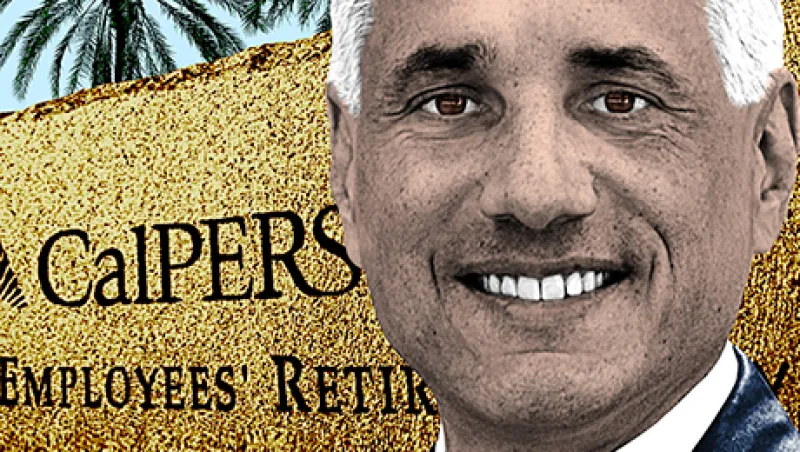
CalPERS’s Move to Ditch Hedge Funds Doesn’t Signal Their End
CalPERS decided to terminate its Absolute Return Strategies portfolio, but the move doesn’t herald a broad retreat from hedge funds.
Imogen Rose-Smith
October 8, 2014

Dan Och, chairman and CEO of hedge fund firm Och-Ziff Capital Management, earned $400 million in 2013 — more than 10,000 times the pension payout for the average California public retiree. With public pensions across America underfunded, beneficiaries facing the prospect of cuts and pension

